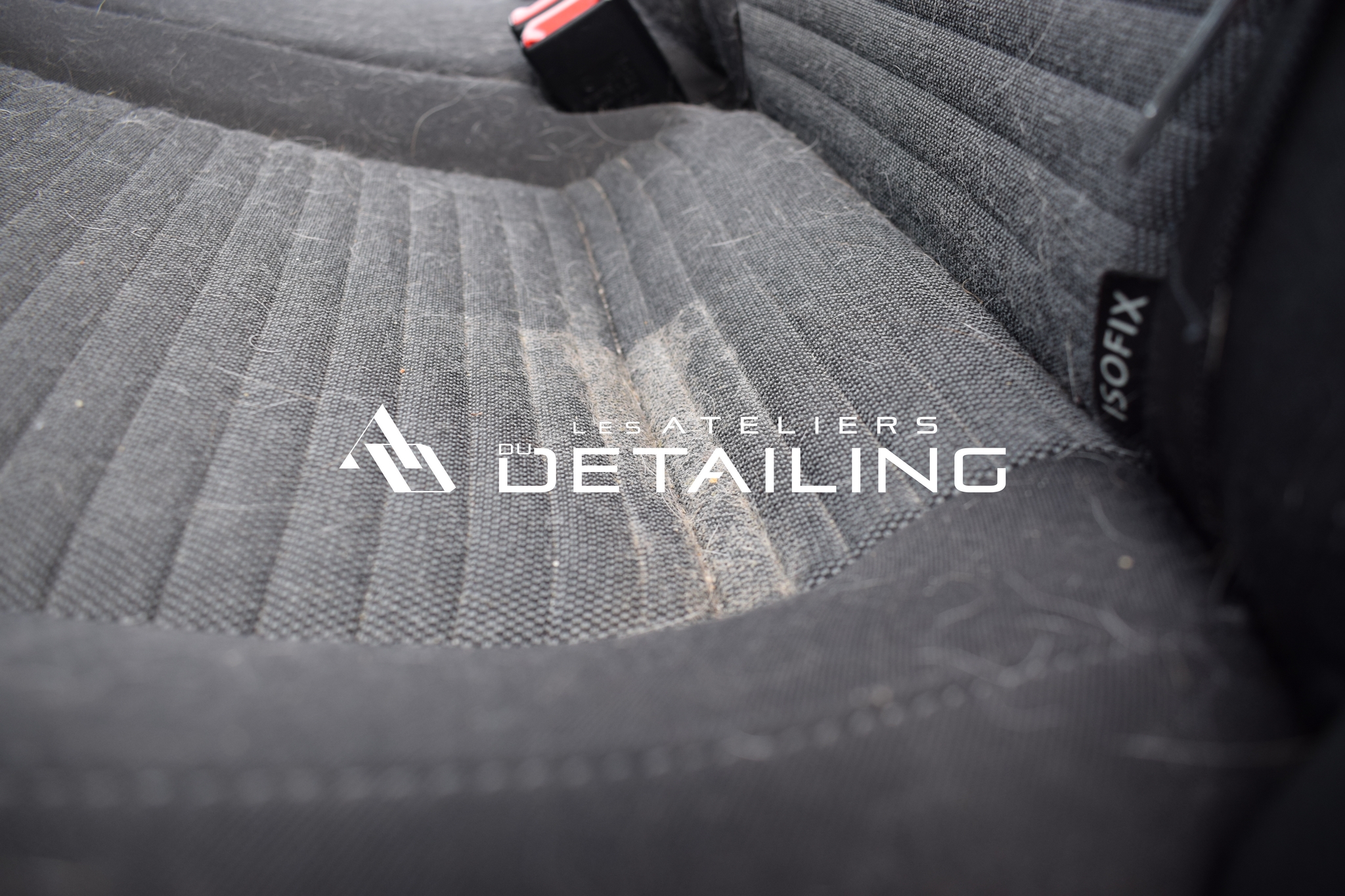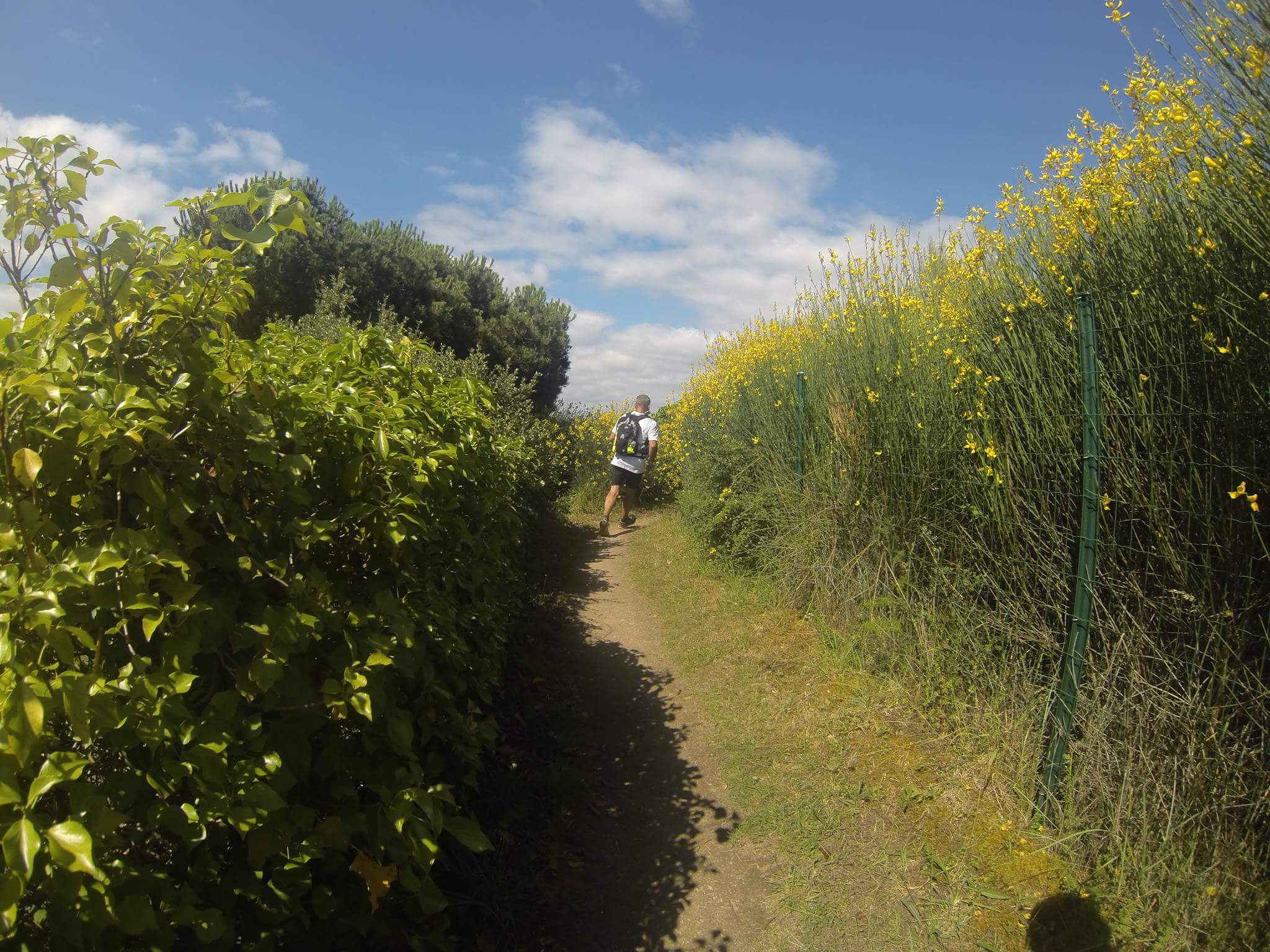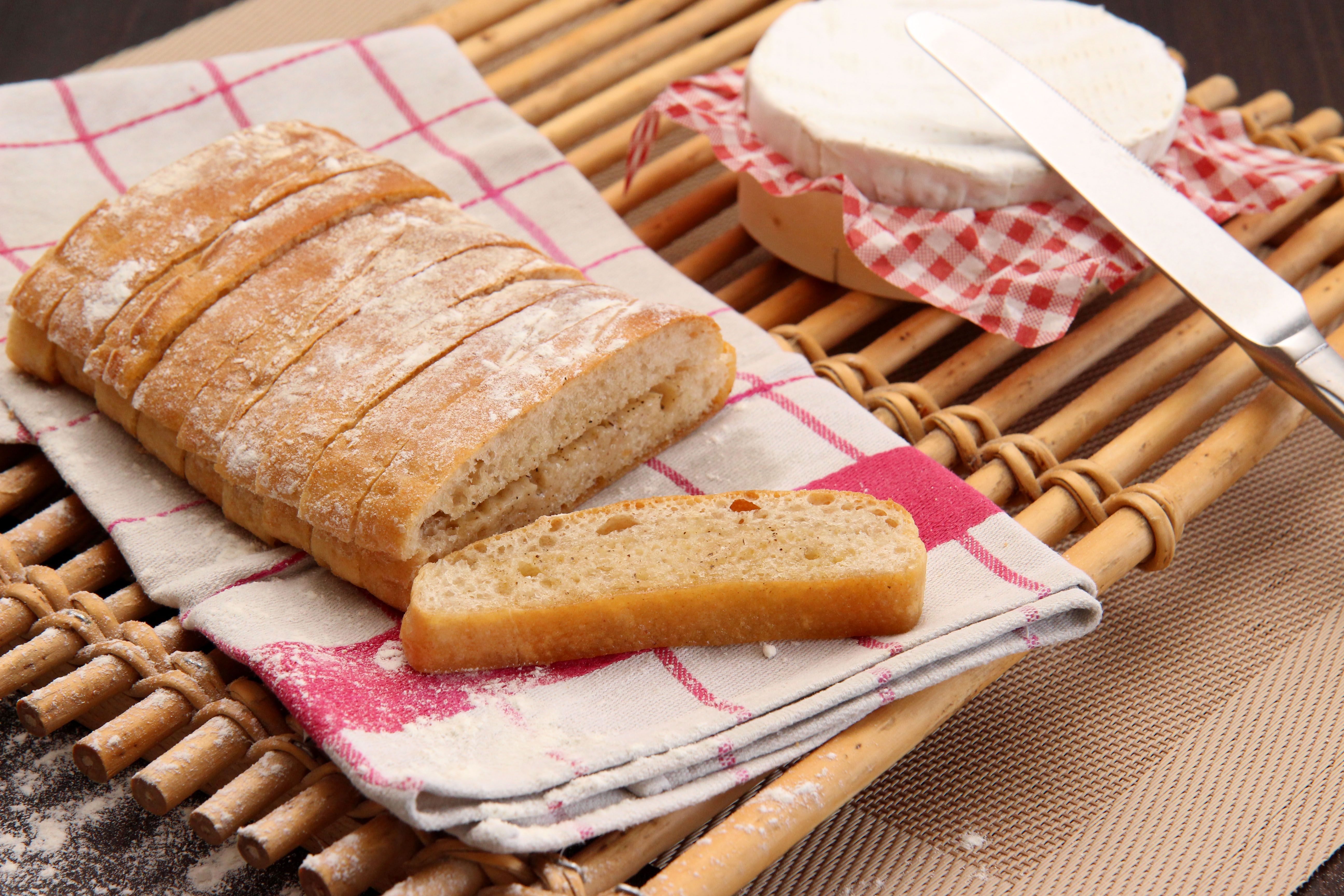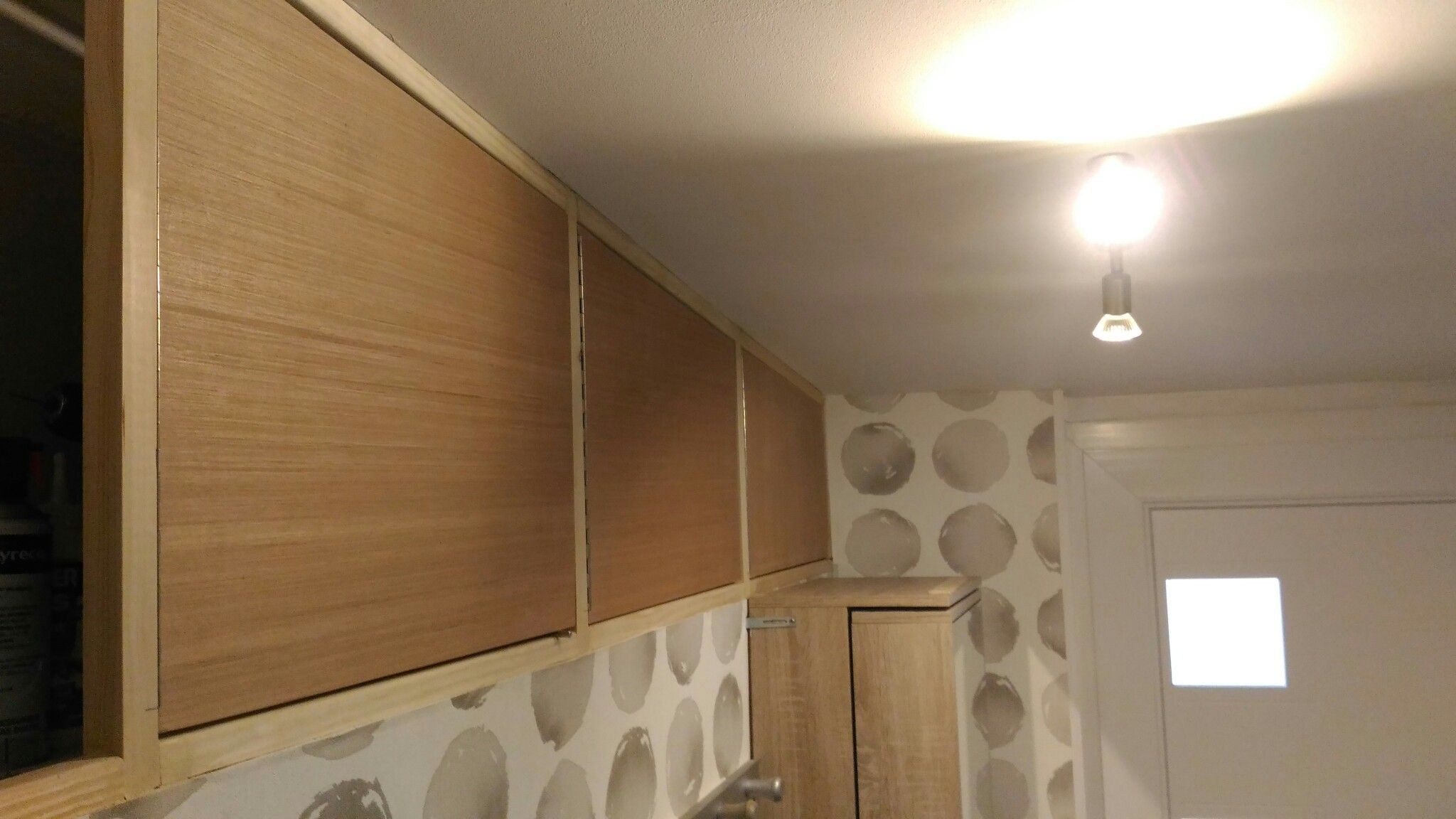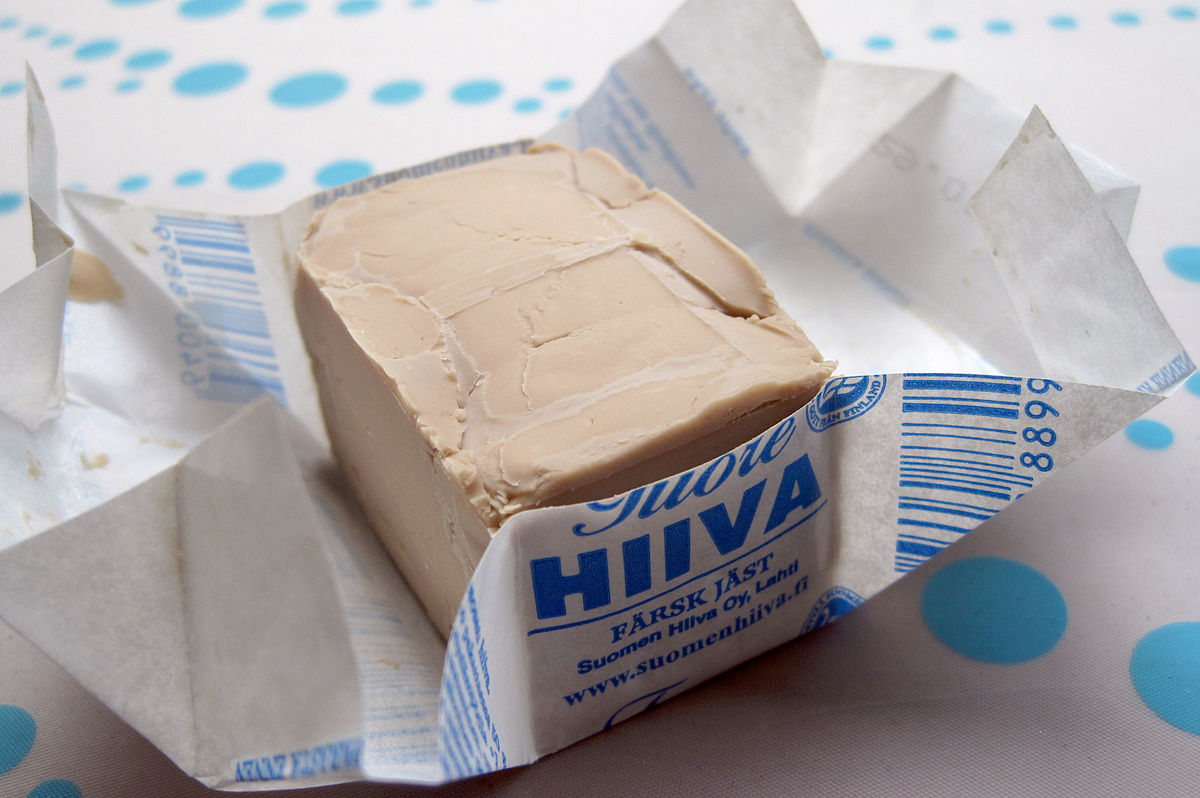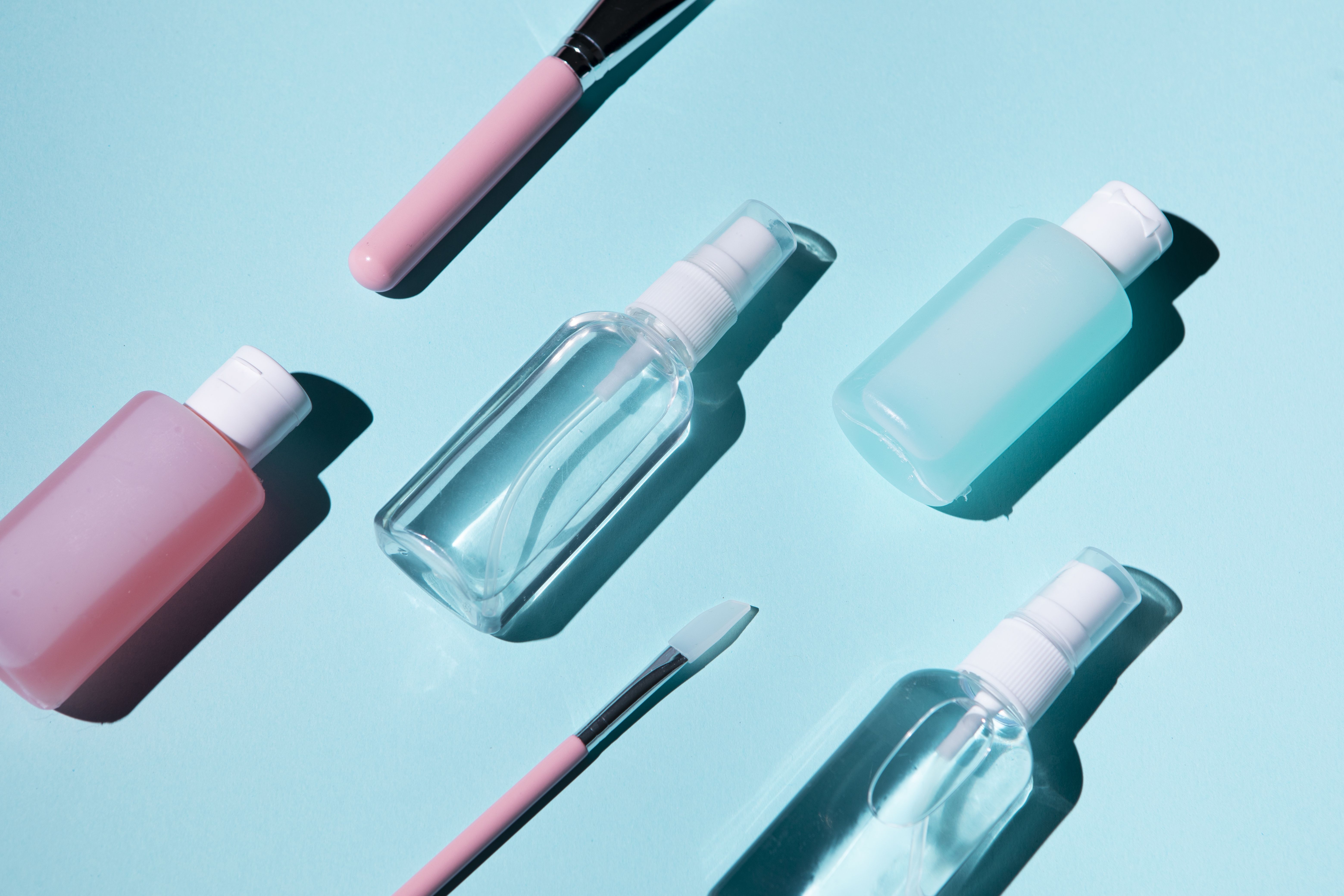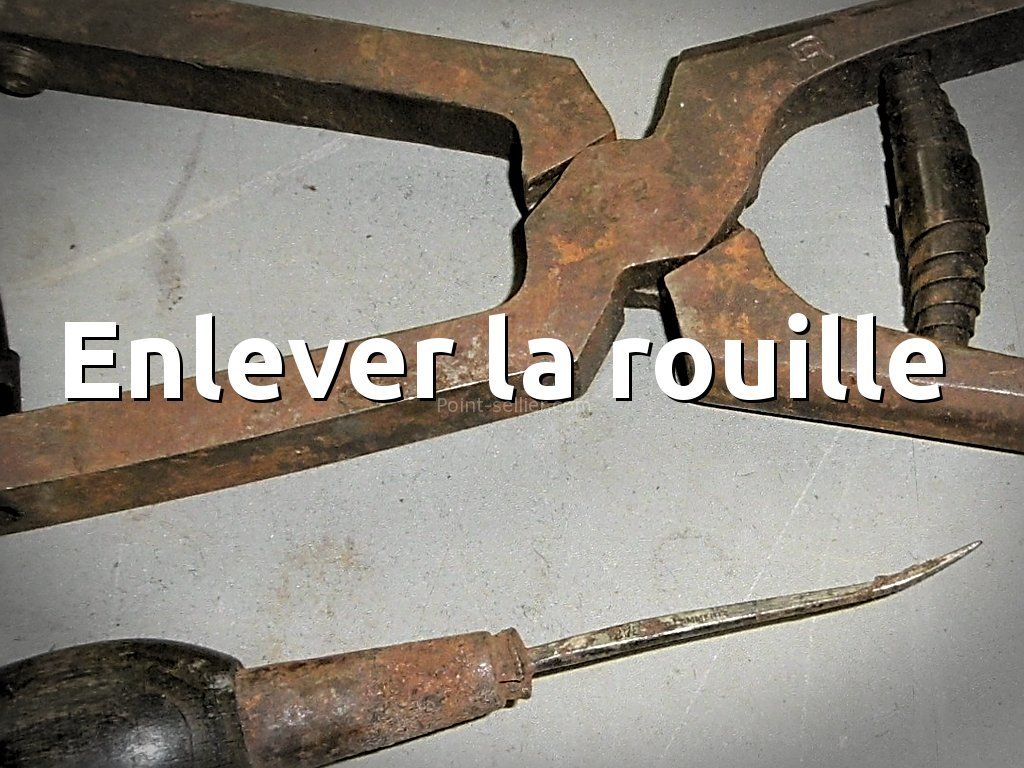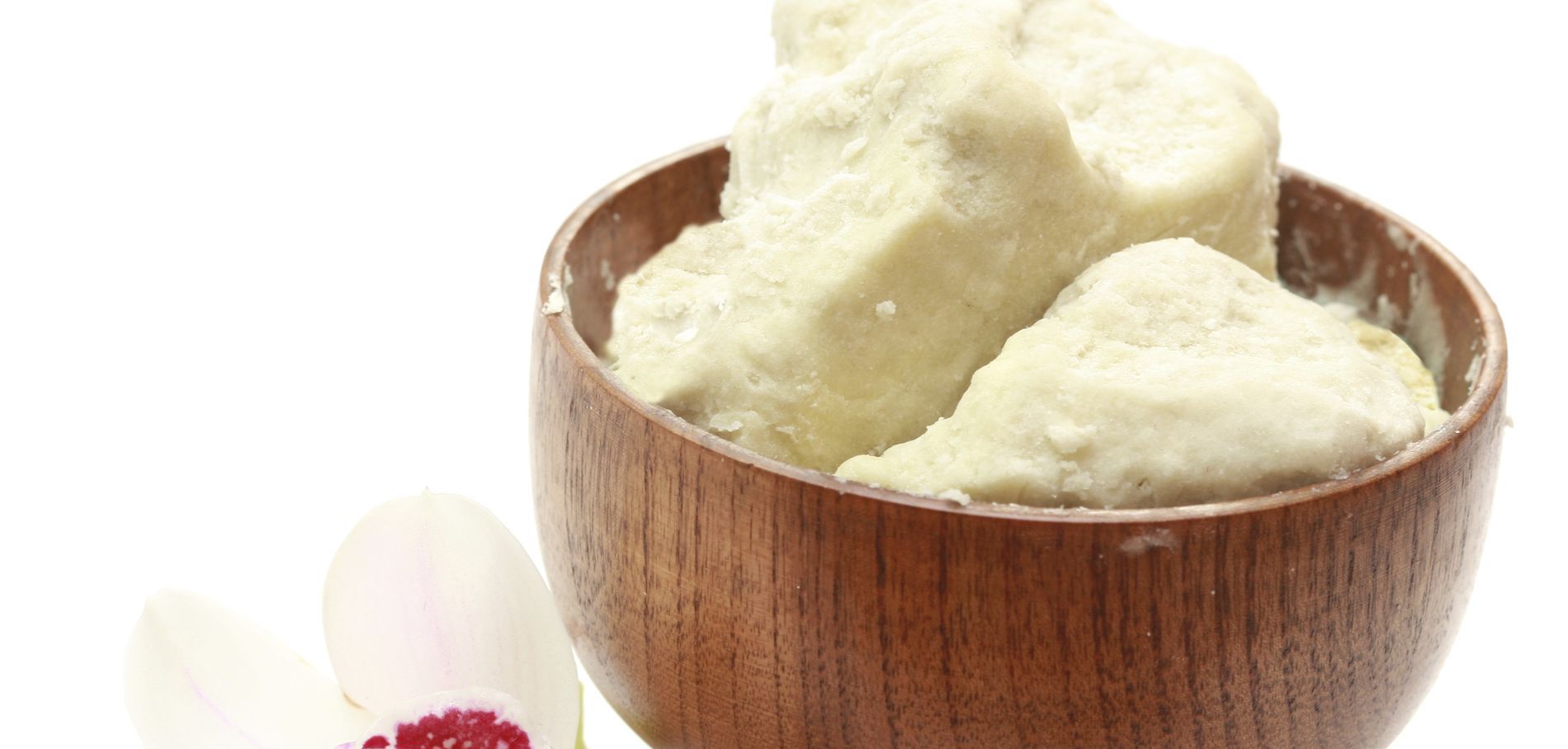Toxic Substances: The WORST Household Products to Avoid (and Natural Alternatives).
Did you know that the household products you use daily are full of toxic products?
Phosphates, including bleaching agents, parabens, preservatives or even synthetic fragrances ...
Toxic chemicals jostle in the bottles of household products found on the market.
After analyzing more than 100 household products available on the market, 60 Million Consumers drew up a list of undesirable components because they are harmful to health and the environment.

These cleaning products may be ruthless with the dirt, germs and various bacteria that come in here ...
... but they are just as important for our skin, our lungs, our eyes and for the environment!
Yet, spurred on by advertising campaigns that tout their products' effectiveness in cleaning whiter than white, we don't hesitate to expose ourselves to them day in and day out.
Do you remember the study carried out by 60 Million Consumers on toxic substances found in 237 daily hygiene products?
Well this time around, experts and journalists worked on a hundred household products to find out which ones contain products that are dangerous to health and the environment.
An alarming investigation

The result of the survey of 60 Million Consumers is alarming: "almost all of it contains one or more undesirable substances".
Here is the list of cleaning products hazardous to health and toxic household products:
Ajax, Ariel, Canard, Carolin, Cif, Cillit Bang, Destop, Febreze, Harpic, La Croix, Mir, Mr. Propre, Pliz, Saint-Marc, Sanytol... these brands are familiar to you, right?
Normal, they are used regularly to clean the house. Be aware that all of them contain products that may be allergenic, irritant, corrosive, and incidentally harmful to the environment.
Same Tree frog which nevertheless displays an eco-label is listed by the consumer magazine, because of an irritating and corrosive product (phenoxyethanol).
Very aggressive, under the pretext of effectiveness which remains to be demonstrated, these products are in no way harmless.
While we think of creating a healthy environment by polishing our interior from top to bottom, we are content to pollute it a little more and above all to endanger our health ...
Multiplication of specialized products that are useless

For journalists, it is clear that there is no point in trying to eliminate all bacteria with an armada of products that can burn our skin and poison the environment.
After all, our "home" is not a train station with thousands of people passing by or an operating room that needs constant disinfection!
Not to mention that we are increasing the sources of pollution and allergens!
A product for the kitchen, a product for the bathroom, a product for the toilet, a product to remove germs, a product for the floor, another for the dishes and the dishwasher without forgetting a product for the laundry ...
With clever marketing maneuvers, manufacturers are encouraging us to buy more and more so-called "specialized" products!
This is the best way to increase health risks at home (see this list of allergens from the Scientific Committee for Consumer Safety).
Fortunately, pictograms have been added to help consumers make the right choice and use the products without endangering themselves. Discover the meaning of these pictograms here.
Effective and inexpensive natural alternatives

The magazine 60 Millions de Consommateurs invites each of us to use products that are harmless and respectful of health.
These are organic products or even natural products, such as those of the brand Ecodoo or the Ecological drugstore for example.
Just like comment-economiser.fr, 60 Millions de Consommateurs recommends cleaning up with these natural and inexpensive products:
1. Baking soda
2. Soda crystals
3. White vinegar
4. Black soap
5. Marseille soap
6. Sodium percarbonate
7. The land of Sommières
8. Essential oils: lemon, lemongrass, tea tree, cinnamon, lavender ...
Our recipes for safe household products

These 8 natural and economical ingredients are enough to make all the products to maintain your home from floor to ceiling yourself.
You do not believe me ? We have selected the uses for each of these products for you. Look :
- 43 Amazing Uses for Baking Soda.
- Soda Crystals: All the Uses You Should Know About.
- 10 Amazing Uses For White Vinegar That No One Knows About.
- 16 Uses of Black Soap Everyone Should Know.
- 10 Tips to Know about Real Marseille Soap, a Magic Product.
- 4 Essential Tips To Know To Easily Launder Laundry.
- 6 Incredible Uses of an Unknown Product: Terre de Sommières.
- Essential Oil of Tea Tree: 14 Uses to Know Absolutely.
20 toxic components to avoid

Here is the list of toxic components to avoid present in many household products:
- Hydrochloric acid: irritant to skin and respiratory system, corrosive.
- Oxalic acid: irritating to eyes and skin, corrosive, liberates toxic gases if mixed.
- Sulfamic acid: irritant, corrosive, toxic to aquatic organisms.
- Alkyl ethoxylates and derivatives: irritant, toxic to aquatic organisms.
- Benzisothiazo-linone: irritant, allergenic, toxic to aquatic organisms.
- Butoxyethanol: irritant, possible carcinogen.
- Benzalkonium chloride: promotes the appearance of resistant microorganisms.
- Didecylmethyl-ammonium chloride: irritant, corrosive, promotes the appearance of resistant microorganisms.
- EDTA: low biodegradability, risk of persistence in the environment.
- Ethanolamine: irritating to the skin and the respiratory tract, corrosive.
- Ethoxydiglycol (DEGEE): irritating to the skin and the respiratory tract, corrosive.
- Hydrogen peroxide : irritant, corrosive, dangerous in case of mixture (acids, ammonia), oxidizer (which allows combustion).
- Lyral (or hydroxyisohexyl 3 cyclohexene carboxaldehyde): very allergenic.
- Soda hypochlorite: irritating to the skin.
- Sodium hydroxide : irritant, corrosive, potential threat to flora and fauna.
- Lodopropynylbutyl carbamate: allergenic, irritant, corrosive, very toxic to aquatic organisms.
- Sodium metaperiodate: irritant, corrosive, toxic to aquatic organisms.
- Methylchloroisothiazolinone: very allergenic, very toxic to aquatic organisms, with long term effects.
- Methylisothiazolinone: very allergenic, very toxic to aquatic organisms.
- Phenoxyetahnol: allergenic, irritant, reprotoxic effects at high doses in animals.
Find all the harmful products in the magazine 60 Millions de Consommateurs: Maintaining your home naturally

Do you like this trick ? Share it with your friends on Facebook.
Also to discover:
72 Uses of Natural Products to Save and Avoid Chemicals.
10 Natural Recipes for Healthy and Affordable Household Products.

